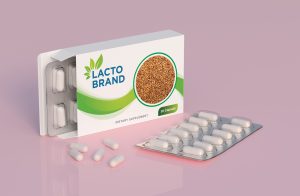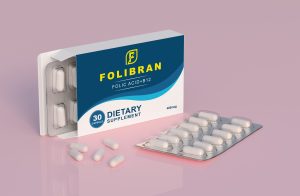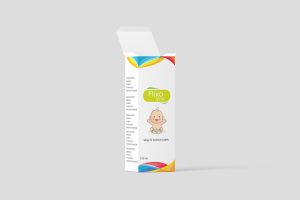Products are designed with careful consideration of various factors such as functionality, aesthetics, and user experience. The design process involves creating innovative and visually appealing solutions that meet the needs and preferences of the target audience. Designers employ their creativity and technical skills to develop products that are not only visually appealing but also practical and user-friendly. In addition to the visual aspects, product design also focuses on the materials and manufacturing processes used. Designers select materials that are durable, sustainable, and suitable for the intended purpose of the product. They also consider the manufacturing techniques that will be employed to ensure efficient production and cost-effectiveness.





Create packaging that is visually appealing and functional. Consider the product’s size, shape, and fragility when designing the packaging. Use high-quality materials that will protect the product during shipping and handling. Incorporate branding elements such as logos and colors to make the packaging easily recognizable. Make sure the packaging is easy to open and dispose of, while also being environmentally friendly. Test the packaging to ensure it meets all necessary safety and regulatory requirements. Develop packaging that enhances the customer’s experience with the product. Use packaging to tell a story or convey a message about the product. Consider adding features such as handles or resealable closures to make the packaging more convenient for the customer. Use packaging to differentiate the product from competitors and make it stand out on store shelves. Consider the entire lifecycle of the packaging, from production to disposal, and strive to minimize its environmental impact. Continuously evaluate and improve the packaging to ensure it meets the needs of both the product and the customer.




